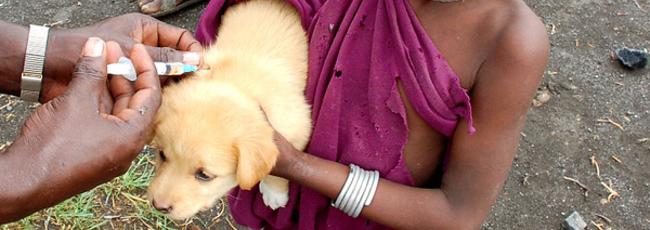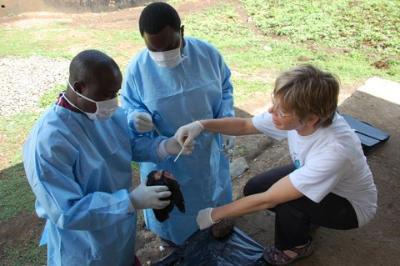International policy and strategies in rabies control
Published: 2 July 2014
Our rabies research team have played important roles in international development, leading directly to major changes in policy, influencing decisions made by government health and veterinary authorities internationally.
Our rabies research team have played important roles in international development, leading directly to major changes in policy, influencing decisions made by government health and veterinary authorities internationally.

Rabies is the most lethal known infectious disease and kills at least 55,000 people annually worldwide, mainly in Africa and Asia; however, it is almost entirely preventable. Existing vaccines for animals and humans are effective, but their use is limited by cost and accessibility.
Research undertaken by the team has led to the development and adoption of new health and veterinary policies in Africa and Asia, transforming research findings into practical strategies for rabies prevention and control.

The Glasgow team’s work on dog vaccination strategies has contributed to WHO Expert Consultations and to the WHO Strategic Technical Advisory Group for Neglected Tropical Diseases. This has provided momentum to the WHO’s recognition that global canine rabies elimination is feasible, with national and global strategies now focussing on dog vaccination as a cost effective means of reducing human rabies deaths. This has also led to joint commitments by WHO together with the Food and Agriculture Organisation of the United Nations (FAO) and the World Organisation for Animal Health (OIE) to support these goals.
First published: 2 July 2014
Find out more:
- Boyd Orr Centre for Population & Ecosystem Health
- Institute of Biodiversity, Animal Health and Comparative Medicine
- Canine rabies virus: the disease, the problem and current global recommendations for control and elimination [PDF]
- Canine Rabies Blueprint
Current staff involved in rabies research:

